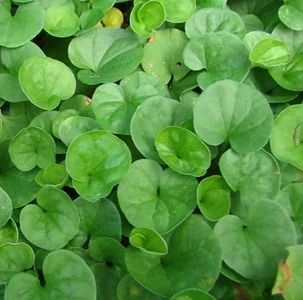Your Aquarium, Delivered.
Looking to build your dream tank? You've come to the right place.
Bunnycart is India's leading aquarium online store - trusted by hobbyists, beginners, and pros alike.
What You'll Find Here
- Live aquatic plants, fresh from our own farm
- Easy-to-grow tissue culture plants
- Healthy, active fish from our online aquarium fish store
- Smart tools and accessories to complete your setup
Why Bunnycart Works
- We're not just an online aquarium store - we grow what we sell
- Expert packing and shipping for live arrival
- Doorstep delivery across India
- Free delivery for Plant orders above ₹ 499
Start Small. Grow Big.
- Pick your plants
- Choose your fish
- Place your order through our aquarium shop online
- Watch your tank thrive
Simple. Safe. Delivered.
You don't need to visit five stores. You don't need to guess what works. With Bunnycart, you get everything in one place - straight from India's most reliable online aquarium store.
Build better tanks. Shop smarter. Begin now with Bunnycart.
Customer Reviews
Testimonials

Best sight for all healthy plant ...I have received all plants at my home..tnx you a lot ..and one request please add some fish
Tara

Happy to purchase from Bunnycart. Will surely recommend to my friends...
Praveen

Hi , I had ordered around 75 fishes and some plants to belgaum , packing was good , I got the parcel 2 days late, but still the fishes were all alive ... Good work bunnycart :) Joshua Dsouza, Belgaum, Karnataka
Joshua dsouza

I got plants in 3 days in excellent condition but size of plant is very small it's around 3inches
More

1st time purchasing from this website so little bit worry about the service, in that one my of friend told me not to purchase from such website and reasons are 1) never heard about this website so there is chance of cheating 2) prizes of all the products are so much low compare to other website so it may fake 3) i have ordered it in chiplun i.e. in maharashtra so not sure about what will be the condition of plants after receiving the courier. but finally decided to take some risk and ordered some plants and within 5 days i have received all the plants in very good condition & properly packed, so aquarium lover just close your eyes and ordered what you want, prizes are very reasonable and service and products both are good & beautiful...
Pratik Redij

Bunnycart is giving the customer an unbeatable service and a very good quality of service . I have placed the order twice and both the time fishes were healthy & hearty .. Not also this they helped me with how to take a good care of my lovely pets .. Thank u bunnycart NEELAM THAKUR Ajmer, Rajasthan ca.neelamthakur@mail.com
NEELAM THAKUR










